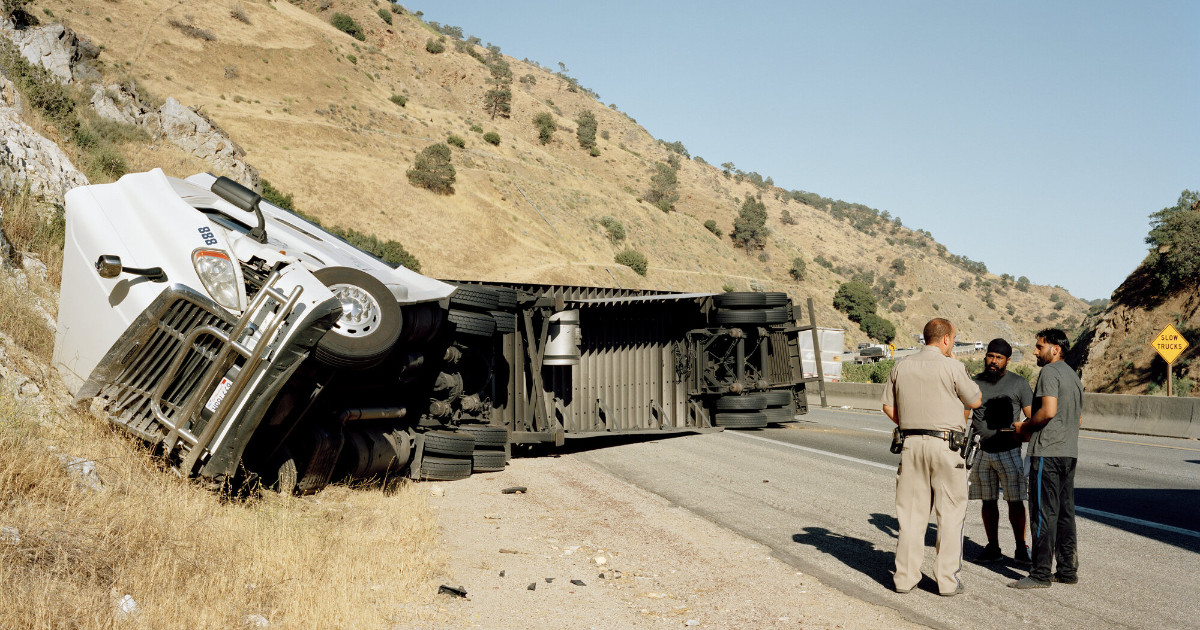The seemingly limitless history of North America has been about discovery and travel since the advent of the first European settlers and pioneers. And the desire to travel in an area of millions of square kilometers did not subside later. Heroes roaming the prairie, hikers traveling in a mail car, steamer, and eccentrics have appeared on the pages of books, just think of Mark Twain novels. And On the Road, which emerged in the mid-20th century, became a major novel of the Rhythm generation, rendering the sometimes seemingly perfect journey completely meaningless, while always something amazing happens anyway. In the wake of Jack Kerouac, there have been a lot of people navigating across America. But in addition to Kerouaco, one can list authors who have focused on the trip, including Hunter S. Thompson’s Fear and Trembling in Las Vegas, one of the most cloudy of writers. American travel novels therefore formed a separate literary genre, followed by road movies, slowly eroding the genre.
Cameraman Joshua Dudley Greer Yet he’s been able to twist one more on him, and carefully avoiding the common spots that come back from the postcards, like the Nevada sandstones that compliment the highway, he presents America from a new perspective in his series somewhere along the line. Jarir Road and its series of images are connected to the transportation infrastructure itself, highways, bridges, gas stations, car parks and the backyard view of the country. Lacks pity or remorse while laughing at his pictures of contradictory situations. American Road Trip isn’t new to photography either, but Greer said books and films were the inspiration for his project, and the collective experience of the trip was drawn from them.
Between 2011 and 2017, the photographer traveled more than 100,000 miles (160,000 km) in the United States, focusing on the supermarket network he spun through. Although most people specifically choose these objects to see the distance as quickly as possible, Greer deliberately walked between them. He viewed them as a stage where he could come across a story at any time. He was also interested in what these ways mean, whether private or public places, to people, home, or even escape, necessity, or even liberating moments.
His series also illustrates the social and environmental condition of America, and we can meet marginalized people who are not necessarily present. An example is the desperate message painted in place of a bulletin board: “I need a college.”
Jarir said in an interviewThat he made about 30 trips, including a few days, but also for several months. “The road itself was subjective, so you can find a good picture just about anywhere. While working, I stayed almost exclusively in my car, sleeping in truck stops and parking lots. The winter months were a bit cold, so I stayed in a cheap hotel here and there.” , but even then I tried to pick out properties within sight of the highway to soak up the air so I could get up and get to work right away.”
As almost everywhere in the United States highways were in uniform, Greer wanted to show it, but he was always looking for a point of view where he could show the characteristics of a particular landscape or place. This was not always an easy task.
Photo: Joshua Dudley Greer

Photo: Joshua Dudley Greer

Photo: Joshua Dudley Greer

Photo: Joshua Dudley Greer

Photo: Joshua Dudley Greer

Photo: Joshua Dudley Greer

Photo: Joshua Dudley Greer

Photo: Joshua Dudley Greer

Photo: Joshua Dudley Greer

Photo: Joshua Dudley Greer

Photo: Joshua Dudley Greer

Photo: Joshua Dudley Greer

Photo: Joshua Dudley Greer

Photo: Joshua Dudley Greer
Text: Janus Fehr ; Photo Editor: Szabolcs Barakonyi












































